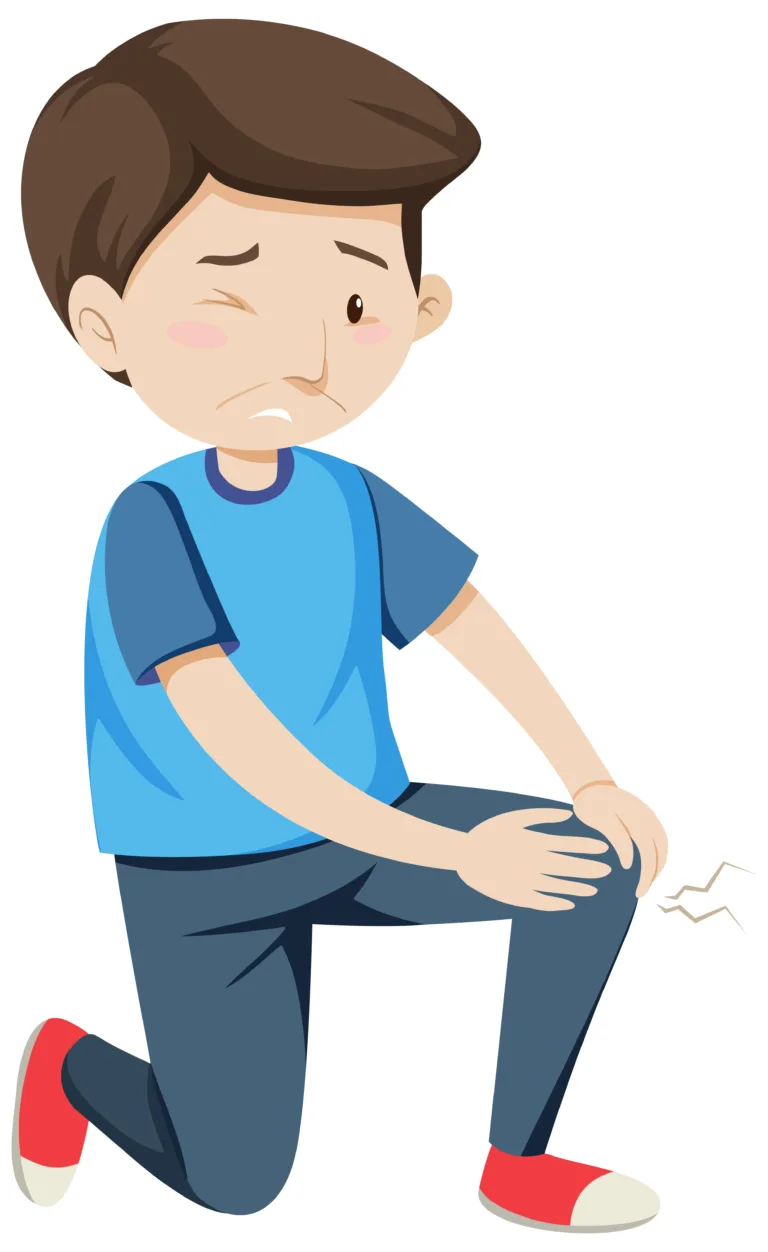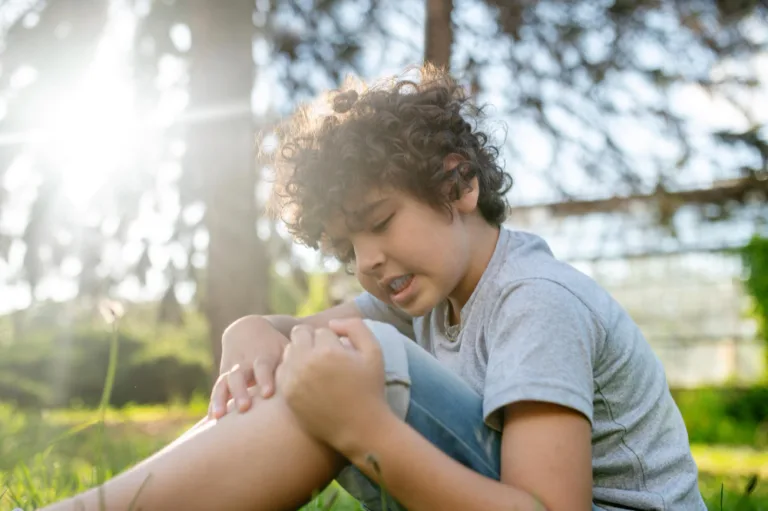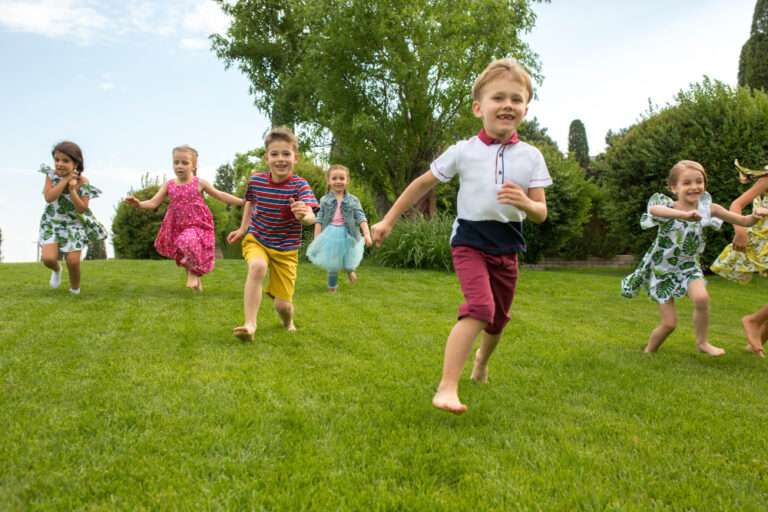Pediatric scoliosis
Pediatric scoliosis refers to a curvature of the spine in children. It’s not just a single condition but a term that describes a variety of spinal curves that can occur in children for various reasons. Here are key aspects of pediatric scoliosis:
- Types of Pediatric Scoliosis:
- Idiopathic Scoliosis: The most common type, idiopathic scoliosis, has no known specific cause. It’s usually detected during growth spurts in preteens and teenagers.
- Congenital Scoliosis: This form is present at birth and results from a malformation of the spine during fetal development.
- Neuromuscular Scoliosis: Associated with neurological or muscular conditions, like cerebral palsy or muscular dystrophy, this type of scoliosis is due to poor control of the muscles supporting the spine.
- Symptoms and Diagnosis:
- Symptoms can vary but often include a visible curve in the spine, uneven shoulders or hips, and in severe cases, difficulty with breathing and reduced mobility.
- Diagnosis typically involves a physical examination, family history, and imaging tests like X-rays, MRI, or CT scans to evaluate the shape, direction, location, and angle of the curve.
- Treatment Options:
- Observation: For milder cases, especially in very young children, doctors may recommend regular monitoring to watch for progression of the curve.
- Bracing: If the child is still growing and the curve is moderate, a brace may be used to prevent further curvature.
- Surgery: In severe cases, particularly when the curve is progressing rapidly or causing significant problems, surgical intervention might be necessary. The most common surgery is spinal fusion, which connects two or more bones in the spine.
- Importance of Early Detection:
- Early detection and treatment are crucial in managing pediatric scoliosis effectively. Regular check-ups are important, especially during periods of rapid growth.
- Impact on Lifestyle:
- Most children with scoliosis can lead active, normal lives. Adjustments might be necessary depending on the severity of the curve and the treatment required.
- Research and Advances:
- There’s ongoing research into the causes of scoliosis and the development of less invasive treatment options. Genetic studies, for example, are seeking to understand why some children develop idiopathic scoliosis.
- Psychological Impact:
- The psychological impact, especially in teenagers, should not be underestimated. Coping with a brace or surgery can be challenging, and support from family, friends, and support groups can be very beneficial.
It’s important for parents to seek medical advice if they notice signs of scoliosis in their child. Early intervention can make a significant difference in outcomes. Pediatricians, orthopedic specialists, and spine surgeons are typically involved in the care and management of pediatric scoliosis.
------------From our Sponsors------------







